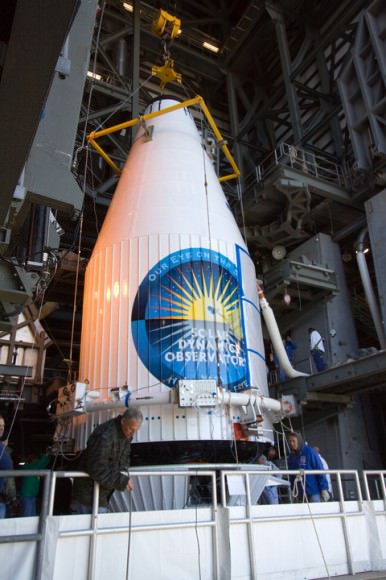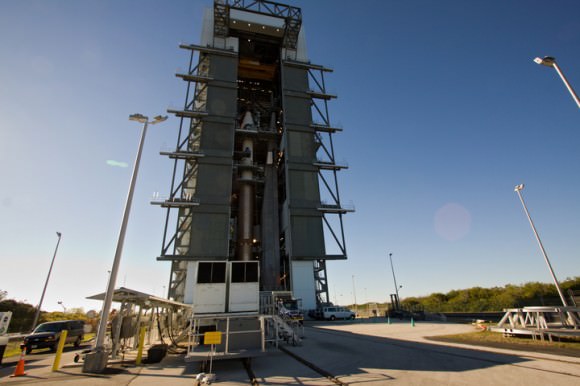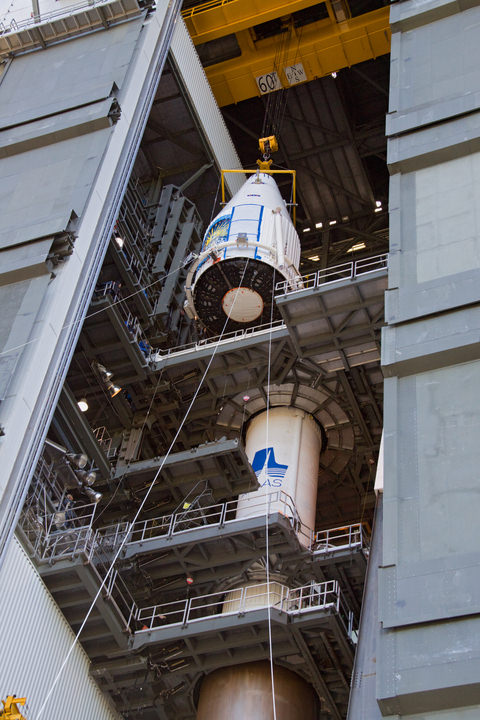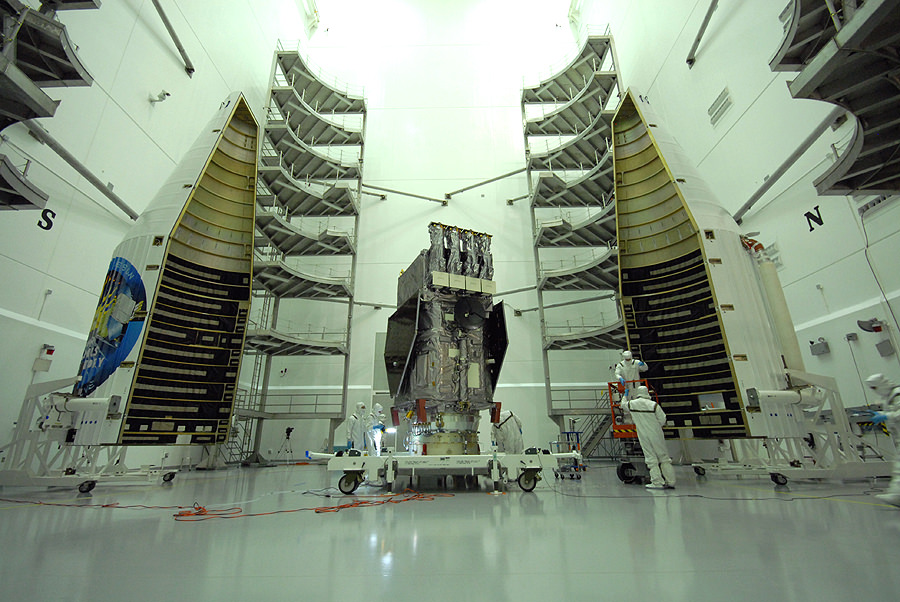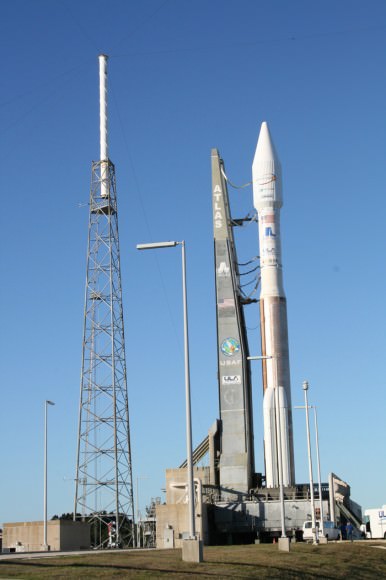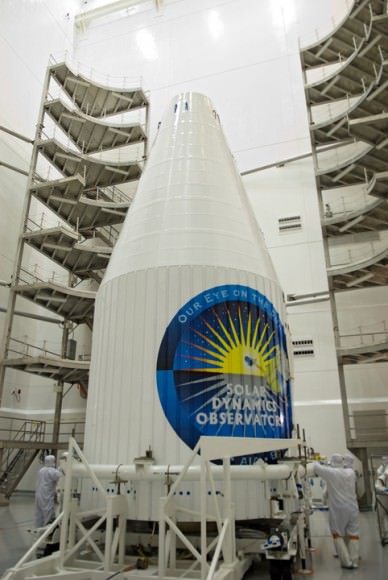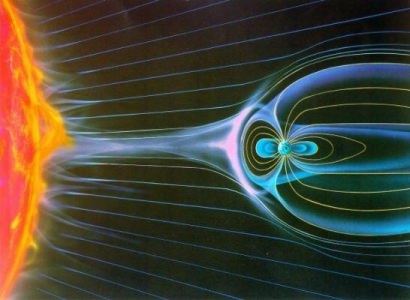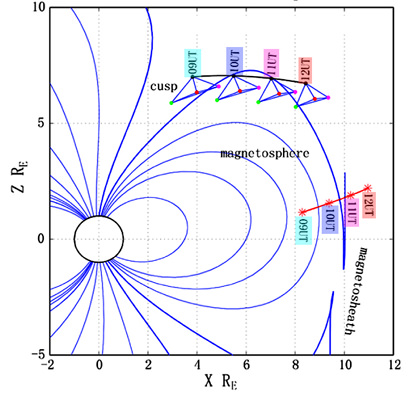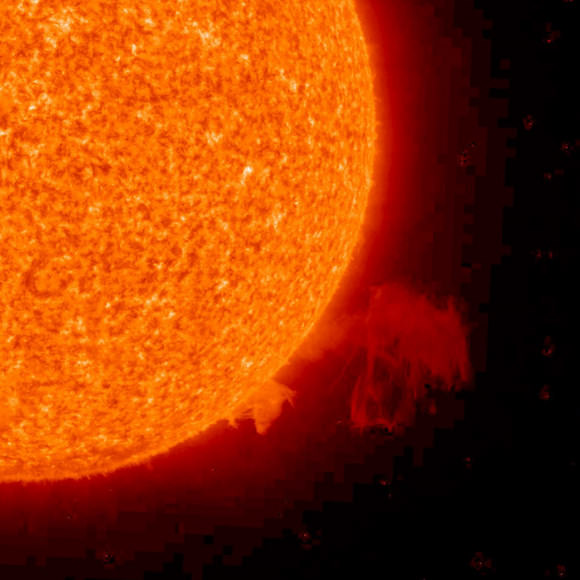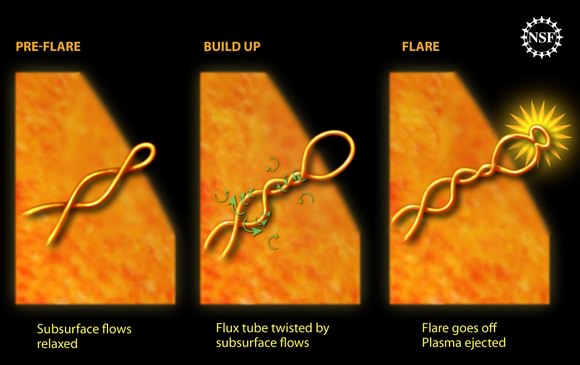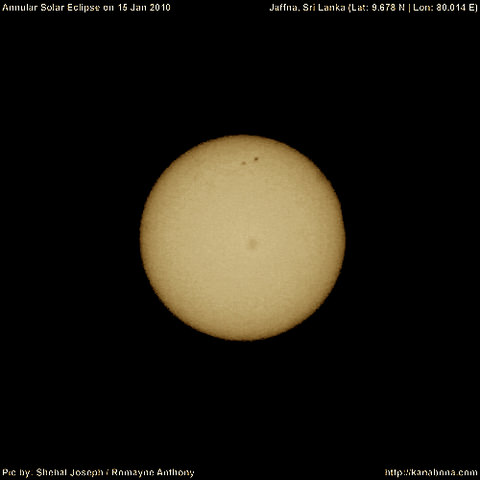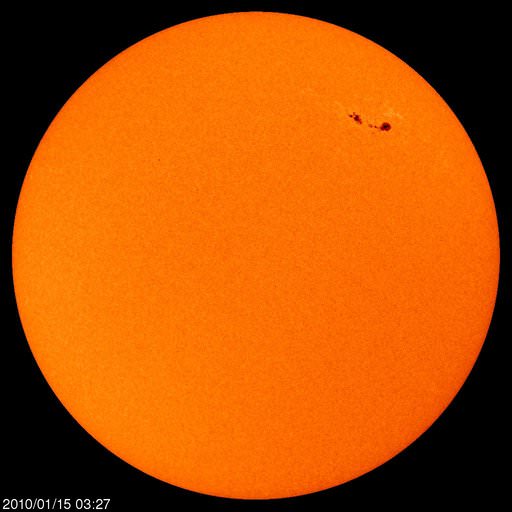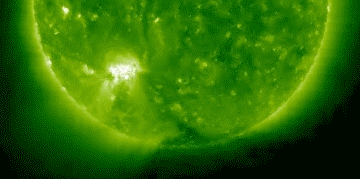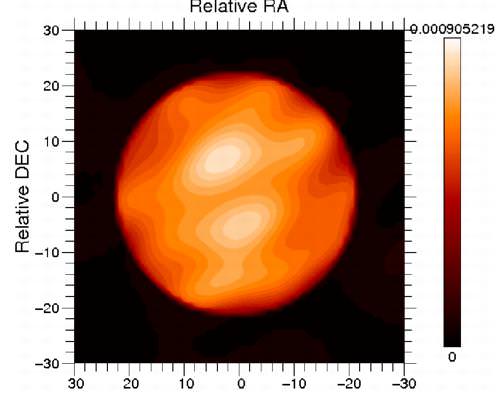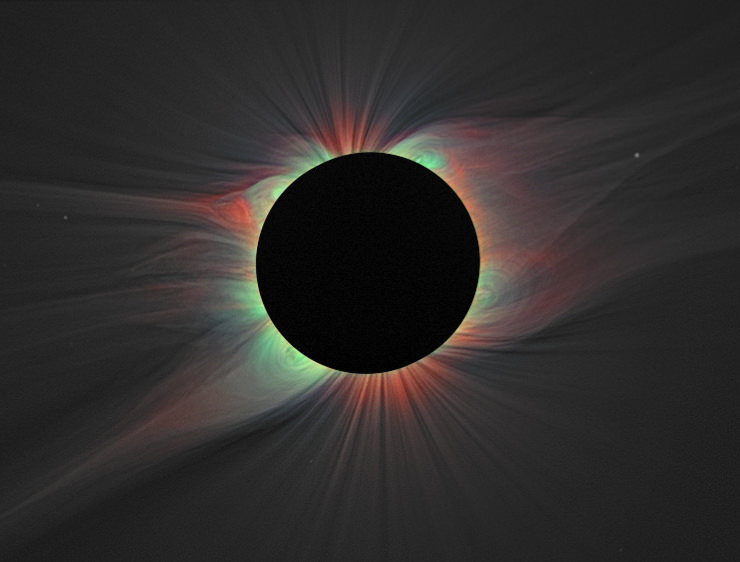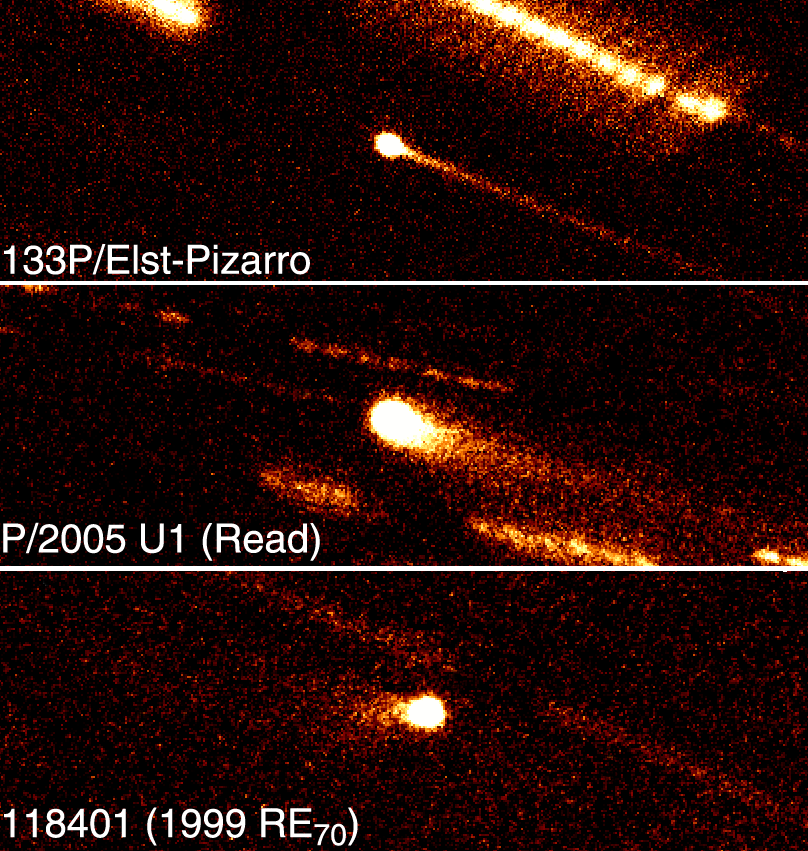[/caption]
Asteroids are rocky bodies which belong between Mars and Jupiter. Comets are icy bodies that belong way out beyond Pluto. So what are comet-like objects doing in the asteroid belt?
On the night of August 7, 1996, astronomers Eric Elst and Guido Pizarro were observing what was previously thought to be an ordinary asteroid. To their surprise, the object revealed a faint but distinct tail similar to that of a comet. Initially, this was written off as a minor impact kicking up a debris cloud, but when the tail returned in 2002, when the supposed asteroid again returned to perihelion (the closest approach to the Sun), it once again displayed a tenuous tail. The “asteroid” was then given the designation of 133P/Elst-Pizarro. In 2005, two new asteroids were discovered to sport tails: P/2005 U1 and 118401. In 2008, yet another one of these odd objects was found (P/2008 R1). This new class of objects has been dubbed “Main Belt Comets (MBCs)”.
So where are these objects coming from?
A previous article here on Universe Today explored the possibility that these objects formed like other asteroids in the main belt. After all, each of the objects has an orbit consistent with other apparently normal asteroids. They have a similar distance at with they orbit the Sun, as well as similar eccentricities and inclinations of their orbit. So trying to explain these objects as having origins in the outer solar system that migrated just right into the asteroid belt seemed like little more than special pleading.
Furthermore, a 2008 study by Schorghofer at the University of Hawaii predicted that, if such an icy body were to form, it would be able to avoid sublimation for several billion years if only it were covered with a few meters of dust and dirt thus negating the problems of these objects suffering an early death. (Keep in mind that, much like a melting snowball, the water will evaporate but the dirt won’t, so the dirt will pile up quickly on the surface making this entirely plausible!) However, if the ice were covered by such an amount of dust, it would take a collision to remove the dust and trigger the cometary appearance.
In a recent paper, Nader Haghighipour also at the University of Hawaii explores the viability of collisions to trigger this activation as well as the stability of the orbits of these objects to assess the expectation that they were formed at the same time as other asteroids in the main belt.
For the orbital range in which three of the MBCs lie, it was predicted that “on average, one m[eter]-sized object collides … every 40,000 years.” They stress this is an upper limit since their simulation did not include other, nearby asteroids which would likely deplete the number of available impactors.
When they explored the orbital stability of these objects, the discovered at least two of them were dynamically unstable and would eventually be ejected from their orbits on a timescale of 20 million years. As such, it would be unreasonable to expect such objects to have lasted for the nearly 5 billion year history of the solar system. Thus, an in-situ formation was ruled out. However, due to a similarity in orbital characteristics to a family of asteroids known as the Themis family, suggesting they may have resulted from the same break up of a larger body that created this group. This begs the question of whether or not more of these asteroids are secretly hiding water ice reservoirs and are just waiting for an impact to expose them.
Distinctly separate from this orbital family was P/2008 R1 which exists in an especially unstable orbit near one of the resonances from Jupiter. This suggests that this MBC was likely scattered to its present location, but from where remains to be determined.
So while such Main Belt Comets may not have formed simply as they are now, they are likely to be in orbits not far removed from their original formation. Also, this work supported the earlier notion that minor impacts could reliably expected to expose ice allowing for the cometary tails. Whether or not more asteroids have tails tucked between their legs will be the target of future exploration.
Haghighipour’s Paper
